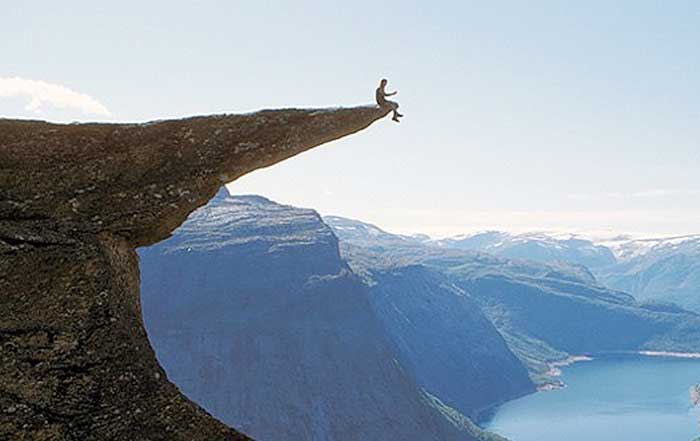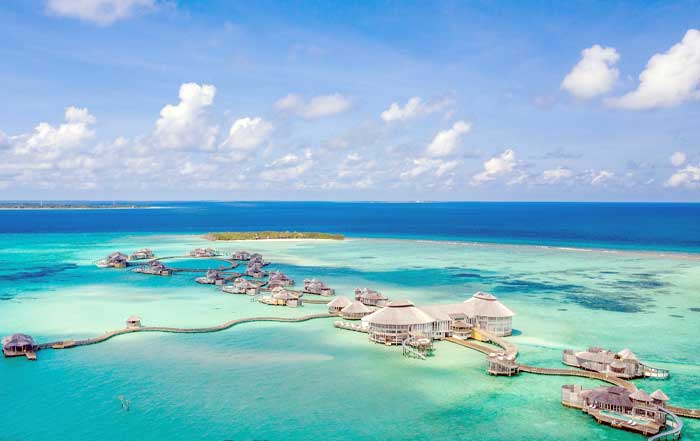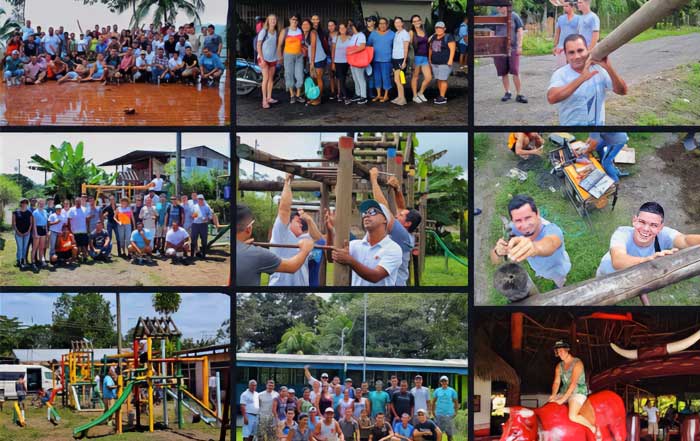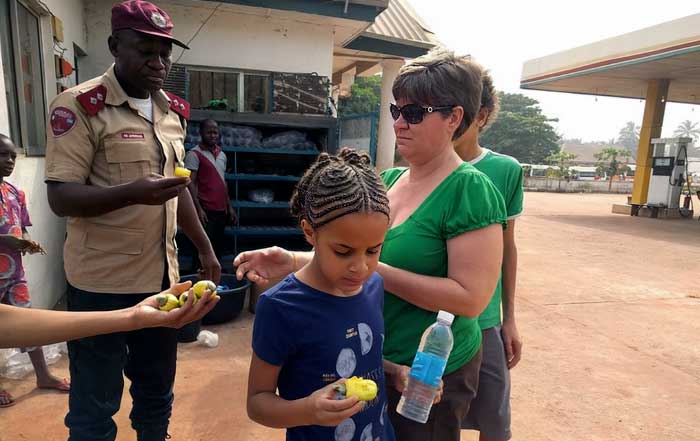Travel has long been regarded as one of the most transformative experiences in human life. For centuries, individuals have traversed borders, sailed across oceans, and ventured into unfamiliar territories in search of knowledge, cultural exchange, and personal growth. In the modern era, as globalization connects societies more intricately than ever, travel has become an essential tool for enhancing global education. It not only broadens intellectual horizons but also fosters empathy, cross-cultural understanding, and innovative problem-solving skills.
The concept of global education is rooted in the idea that learning should not be confined to textbooks or classrooms but should also encompass real-world experiences that connect individuals to the diversity of human cultures and the shared challenges of our world. Travel is uniquely positioned to serve this purpose, offering students and professionals alike the chance to engage with new environments and perspectives. In this exploration, we examine the multifaceted ways in which travel enhances global education and contributes to personal and societal development.
The Educational Value of Immersion in New Cultures
When individuals travel to different regions of the world, they encounter cultures, traditions, and languages that may differ significantly from their own. This immersion fosters cultural competence—a critical skill in an increasingly interconnected world. Experiencing another culture firsthand allows learners to move beyond stereotypes and preconceptions, replacing them with nuanced understanding and respect.
The benefits of cultural immersion are manifold. For one, it cultivates adaptability and resilience as travelers learn to navigate unfamiliar environments. Secondly, it enhances communication skills by exposing individuals to diverse ways of expressing ideas and emotions. Finally, cultural immersion encourages introspection, prompting travelers to reflect on their own cultural identities and values in light of what they have observed in others.
Many educational programs and initiatives have capitalized on the potential of travel to promote intercultural learning. For instance, study-abroad programs offered by universities provide students with opportunities to live and study in foreign countries, enabling them to experience local customs, festivals, and everyday life. Similarly, volunteer programs in developing regions allow participants to contribute to community development while gaining insights into social and economic challenges unique to those areas.
For additional information on cultural immersion programs, organizations such as Cultural Vistas provide resources and opportunities for educational travel.
Travel as a Catalyst for Language Learning
Language is often described as the key to understanding a culture, and travel offers unparalleled opportunities for language acquisition. Unlike classroom-based learning, which often relies on structured grammar lessons and vocabulary drills, travel immerses learners in an environment where the target language is actively spoken and used for everyday communication.
Being surrounded by native speakers compels travelers to practice their linguistic skills in real-world scenarios, whether ordering food at a local restaurant, asking for directions, or engaging in casual conversations. This practical exposure accelerates language learning by building confidence and reinforcing vocabulary and grammar in meaningful contexts. Moreover, listening to the cadence, tone, and colloquialisms of native speakers provides insights that cannot be captured through formal instruction alone.
For educators and learners seeking immersive language experiences, platforms like EF Education First offer travel programs that combine language instruction with cultural exploration, creating a holistic learning experience.
Global Education Travel Quiz
Travel as a Bridge for Global Collaboration
In the modern knowledge economy, collaboration across borders is essential for addressing global challenges and driving innovation. Travel fosters this collaborative spirit by bringing individuals from diverse backgrounds together, whether through academic exchanges, professional conferences, or international workshops. These interactions encourage the exchange of ideas and best practices, enabling participants to approach problems with fresh perspectives.
One notable example of such collaboration is the increasing prevalence of international research partnerships. Scientists, educators, and professionals travel to collaborate on projects that address pressing global issues, from climate change to public health. Similarly, corporate exchange programs allow employees to work in overseas offices, fostering cross-cultural team dynamics and a deeper understanding of international markets.
In this context, travel becomes more than a means of transportation; it transforms into a vehicle for intellectual and professional growth. Organizations such as AIESEC play a pivotal role in facilitating these connections by offering internships and volunteer opportunities that prioritize global collaboration.
The Role of Travel in Building Empathy and Social Awareness
Empathy is a cornerstone of effective leadership and global citizenship, and travel is one of the most powerful ways to cultivate this essential quality. By stepping into the shoes of others and witnessing their daily lives, travelers develop a deeper appreciation for the challenges and triumphs of communities around the world.
When individuals travel to regions affected by poverty, conflict, or environmental degradation, they gain firsthand insights into the complexities of global issues. These experiences often inspire a sense of responsibility and a desire to contribute positively to the world. For example, visiting a rural village without access to clean water might prompt travelers to support initiatives aimed at improving water quality in underserved areas. Similarly, engaging with displaced communities can deepen understanding of the refugee crisis and the importance of inclusive policies.
Educational travel programs that prioritize social impact often include service-learning components, where participants work on community projects in areas such as education, healthcare, or infrastructure development. These initiatives not only benefit local communities but also instill in travelers a lifelong commitment to social justice and equity.
Personal Growth Through Experiential Learning
Travel as a mode of experiential learning goes beyond academic knowledge, imparting valuable life skills that are applicable in any professional or personal context. It fosters independence by requiring individuals to manage logistics, navigate unfamiliar systems, and solve unexpected problems. It also encourages creativity, as travelers often have to think on their feet and adapt to new situations.
Moreover, travel can be a transformative experience that builds self-confidence and a sense of accomplishment. The ability to thrive in a new environment, form meaningful connections, and overcome challenges often leaves travelers with a renewed sense of purpose and resilience.
These experiences are particularly impactful for students and young professionals who are still shaping their identities and career aspirations. Educational travel programs that include mentorship, goal-setting, and reflective exercises can amplify these benefits, ensuring that participants return home not only with new knowledge but also with a clearer sense of their place in the world.
Addressing Barriers to Educational Travel
While the benefits of educational travel are widely recognized, access to such opportunities is often limited by economic, logistical, and systemic barriers. The high costs of international travel, including airfare, accommodations, and program fees, can deter many individuals from participating. Additionally, visa restrictions and bureaucratic processes can create hurdles for those seeking to travel across borders for educational purposes.
To address these challenges, governments, educational institutions, and nonprofit organizations must work collaboratively to make travel more accessible. Scholarships, grants, and subsidized programs can help alleviate financial burdens, while streamlined visa processes can facilitate cross-border mobility. Moreover, virtual exchange programs can complement physical travel, enabling individuals to connect with global peers even when financial or logistical barriers exist.
The Transformative Power of Travel in Education
In a world that is increasingly interconnected yet often divided by cultural misunderstandings and geopolitical tensions, travel holds the potential to be a unifying force. It enriches global education by fostering cultural competence, accelerating language learning, promoting collaboration, and building empathy. At the same time, it equips individuals with the life skills and social awareness needed to navigate an ever-changing world.
As the role of travel in education continues to evolve, it is imperative to ensure that these opportunities are accessible to all, regardless of socioeconomic background. By investing in educational travel and recognizing its transformative potential, we can cultivate a generation of global citizens who are not only well-informed but also deeply committed to creating a more equitable and sustainable future.










